Zoom Whitening Top 5 Pain Causes
Zoom whitening is a popular and effective cosmetic dentistry procedure used to brighten teeth significantly. However, it’s not always a completely painless experience, and understanding the potential causes of discomfort is crucial for patients considering this treatment. This article dives into the top five reasons why you might experience pain during or after a Zoom whitening session, providing insights to help you manage and minimize any discomfort. By being informed, you can better prepare for the procedure and ensure a smoother, more comfortable experience. Remember, consulting your dentist is always the best course of action to address any specific concerns or questions you may have about teeth whitening and its potential side effects.
Tooth Sensitivity
Tooth sensitivity is perhaps the most common cause of pain following a Zoom whitening treatment. The whitening process involves the use of a strong bleaching agent, typically hydrogen peroxide, which penetrates the enamel of your teeth to break down stain molecules. This process can also irritate the nerves within the teeth, making them more sensitive to temperature changes, pressure, or even air. This sensitivity can manifest as a sharp, shooting pain or a dull ache, and it can last for a few hours to a few days after the procedure. The intensity of the sensitivity varies from person to person, with some individuals experiencing minimal discomfort and others experiencing significant pain. Understanding this potential side effect allows you to prepare for it and take the necessary steps to manage it.
The Bleaching Agent
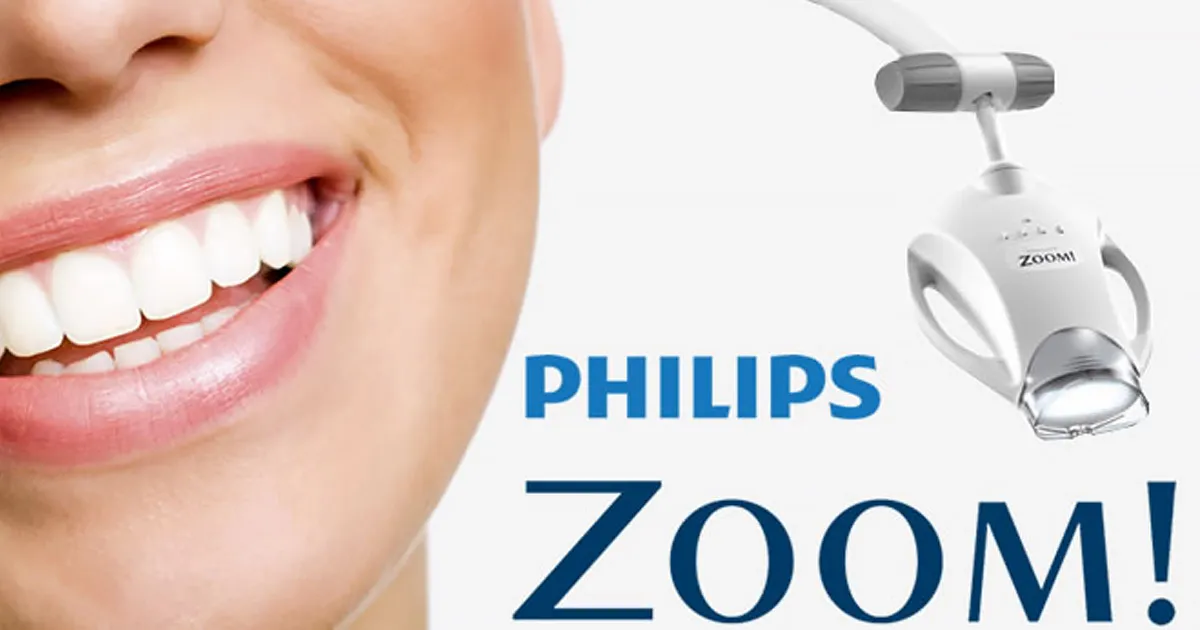
The bleaching agent itself, usually a high concentration of hydrogen peroxide, is a primary factor in causing pain. The chemicals used in Zoom whitening are designed to break down stains on your teeth, but they can also cause irritation. As the bleaching agent penetrates the enamel, it can reach the dentin, which contains tiny tubules that lead directly to the nerves of your teeth. This can lead to heightened sensitivity and pain. The stronger the concentration of the bleaching agent, the more likely and intense the pain is to be. Dentists carefully manage the concentration and application of the bleaching agent to minimize discomfort, but some level of sensitivity is often unavoidable. Consulting with your dentist about the concentration used is a good way to understand the level of sensitivity you might experience.
Gum Irritation
Gum irritation, or gingivitis, is another potential source of pain during and after Zoom whitening. While dentists take precautions to protect your gums during the procedure, it’s possible for the bleaching agent to come into contact with your gum tissues. This can lead to inflammation, redness, and tenderness. The gums may feel sore and sensitive to touch. Some individuals may experience a burning sensation. Proper isolation techniques and the use of protective barriers are crucial to minimize gum irritation. However, slight irritation can still occur, especially if you have sensitive gums or if the bleaching agent comes into contact with the gums for an extended period. If you have pre-existing gum problems, inform your dentist before the procedure.
Pre-Existing Dental Issues
Individuals with pre-existing dental issues, such as cavities, cracked teeth, or receding gums, may experience increased pain during or after Zoom whitening. These pre-existing conditions can make your teeth more vulnerable to the effects of the bleaching agent, leading to heightened sensitivity and discomfort. For example, if you have a cavity, the bleaching agent can seep into the exposed nerve, causing intense pain. Similarly, cracked teeth can allow the agent to penetrate deeper, irritating the nerves. Receding gums can expose the sensitive root surfaces of your teeth, making them more susceptible to sensitivity. Before undergoing Zoom whitening, it’s essential to inform your dentist about any existing dental problems so they can be addressed, minimizing potential pain and ensuring the best possible outcome. This may involve treating cavities or other issues before the whitening procedure.
Improper Application
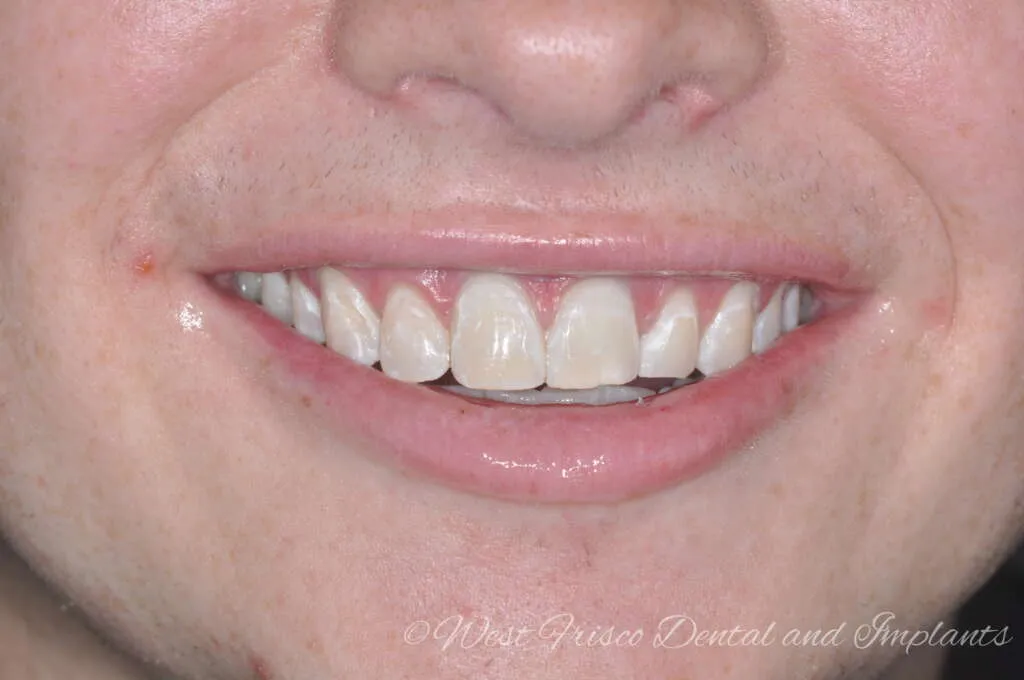
Improper application of the Zoom whitening treatment can also contribute to pain and discomfort. This can include the incorrect use of the bleaching agent, failure to properly protect the gums, or allowing the bleaching agent to remain on the teeth for too long. If the dentist doesn’t apply the whitening gel correctly, it can lead to uneven results and increased sensitivity. Over application of the bleaching agent, or using a concentration that is too strong for your specific situation, can exacerbate the pain. It’s important to choose a qualified and experienced dentist who follows the correct procedures and uses the appropriate techniques to minimize the risk of pain and ensure the best possible results. Asking about their experience with Zoom whitening and the techniques they use can give you peace of mind.
What to do if you feel pain?
Over-the-Counter Pain Relievers
One of the first steps in managing pain after Zoom whitening is to take over-the-counter pain relievers. Ibuprofen (Advil, Motrin) and acetaminophen (Tylenol) are common choices that can help reduce discomfort and inflammation. It’s important to follow the dosage instructions on the packaging and to avoid exceeding the recommended amount. These medications can provide temporary relief, allowing you to manage the pain while your teeth and gums recover. However, if the pain is severe or persistent, it’s best to consult your dentist for further advice and treatment. Over-the-counter pain relievers can be effective for mild to moderate pain, but they may not be sufficient for more severe cases.
Sensitivity Toothpaste
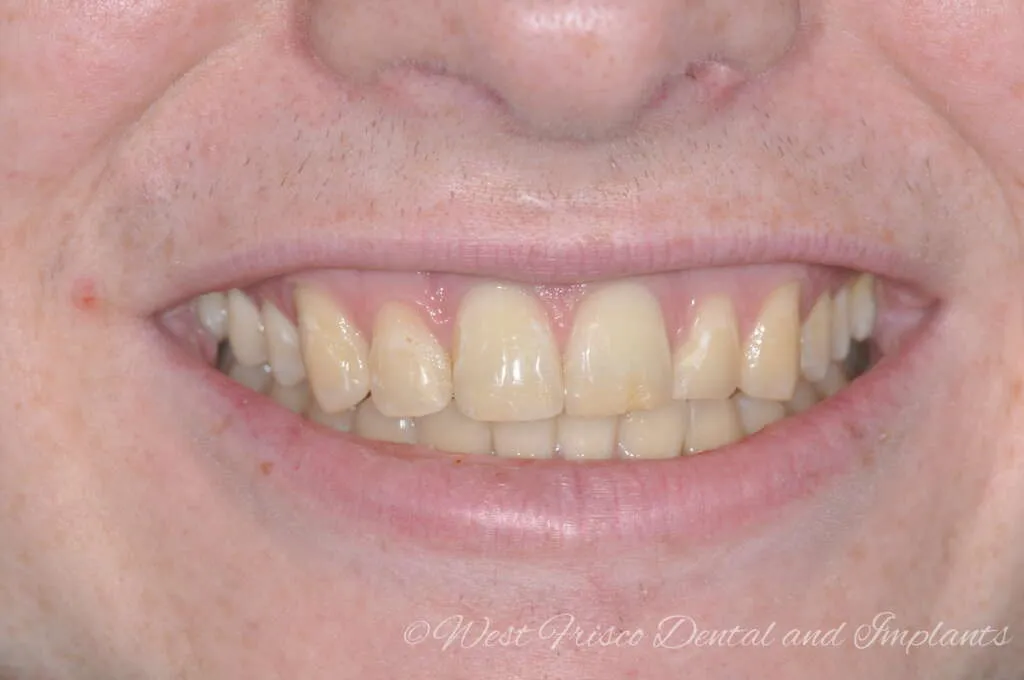
Using a sensitivity toothpaste can also help reduce pain and discomfort after Zoom whitening. Sensitivity toothpastes contain ingredients like potassium nitrate or stannous fluoride, which work to block the tubules in your teeth, reducing nerve sensitivity. Start using the toothpaste a few weeks before your Zoom whitening treatment to build up a protective layer on your teeth. Continue using it after the procedure as well. Brush your teeth gently, and avoid brushing too aggressively, which can further irritate sensitive teeth and gums. Following the instructions on the sensitivity toothpaste is important. The dentist might recommend a specific brand based on your needs and sensitivity levels. It takes time to work so be patient and consistent for best results.
Dietary Adjustments
Making dietary adjustments after Zoom whitening can also help manage pain. During the recovery period, avoid foods and drinks that are extremely hot or cold, as these can exacerbate tooth sensitivity. Stay away from acidic foods and beverages, such as citrus fruits, carbonated drinks, and vinegar-based products, as these can erode the enamel and increase discomfort. Opt for soft, bland foods that are easy on your teeth and gums, such as yogurt, mashed potatoes, and soups. It is best to avoid dark-colored foods or beverages like coffee, tea, and red wine as these can stain your teeth. By making these dietary changes, you can minimize irritation and promote healing. Your dentist may provide specific dietary guidelines to follow after the whitening procedure.
Avoidance of Extreme Temperatures
Avoiding extreme temperatures in food and drinks is crucial after Zoom whitening to manage pain. Hot and cold temperatures can be particularly irritating to sensitive teeth, causing sharp, shooting pains. Drink beverages at room temperature or slightly cooler. Avoid ice-cold drinks. When eating, let hot foods cool down before taking a bite. If you find yourself experiencing sensitivity, drink water at room temperature or rinse your mouth with lukewarm water to soothe the area. These simple steps can make a big difference in reducing discomfort and promoting a quicker recovery. Paying attention to the temperature of the foods and drinks you consume will significantly help in making the experience more comfortable.
When to See a Dentist
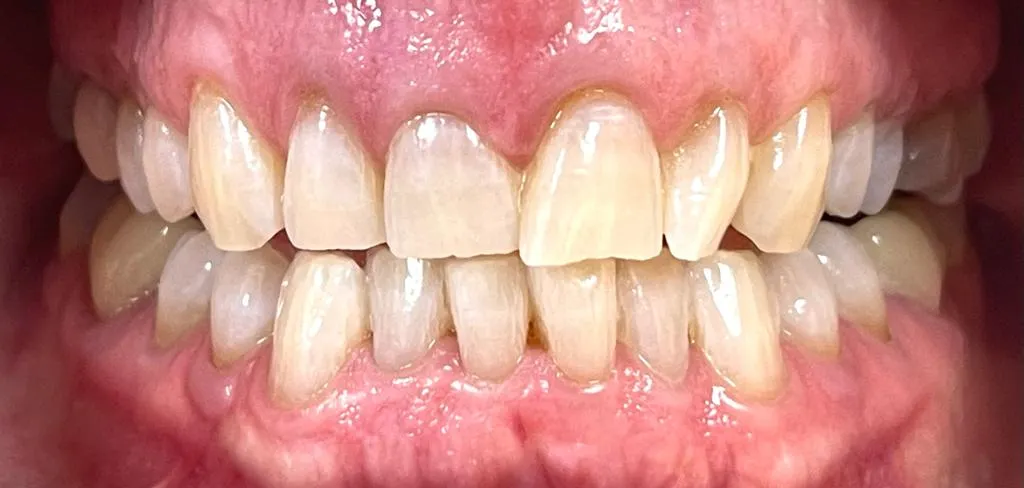
Severe or Persistent Pain
If you experience severe or persistent pain after Zoom whitening, it is essential to see your dentist promptly. While some level of sensitivity is normal, intense pain that doesn’t subside after a few days could indicate a more serious issue. This could be a sign of an underlying dental problem that needs attention, or it could indicate that the whitening treatment has caused more irritation than anticipated. Do not hesitate to contact your dentist. They can assess the cause of your pain and provide appropriate treatment, which might include medication or further dental procedures. Ignoring severe or persistent pain can worsen the condition and cause further complications. Seeking professional help is always the best course of action when dealing with significant discomfort.
Signs of Infection
Be vigilant for signs of infection following your Zoom whitening procedure. Infection is a potential complication, especially if you have any pre-existing dental issues. Symptoms of infection include excessive swelling, redness, pus, and a fever. Any of these symptoms warrant immediate attention from your dentist. Infections can be serious and require antibiotics and other treatments to prevent them from spreading. If you notice any of these signs, contact your dentist right away. Early intervention is crucial to prevent more severe complications. Regular follow-up appointments with your dentist are important to ensure that the whitening treatment is healing properly and that no signs of infection are present.
Follow-up Appointments
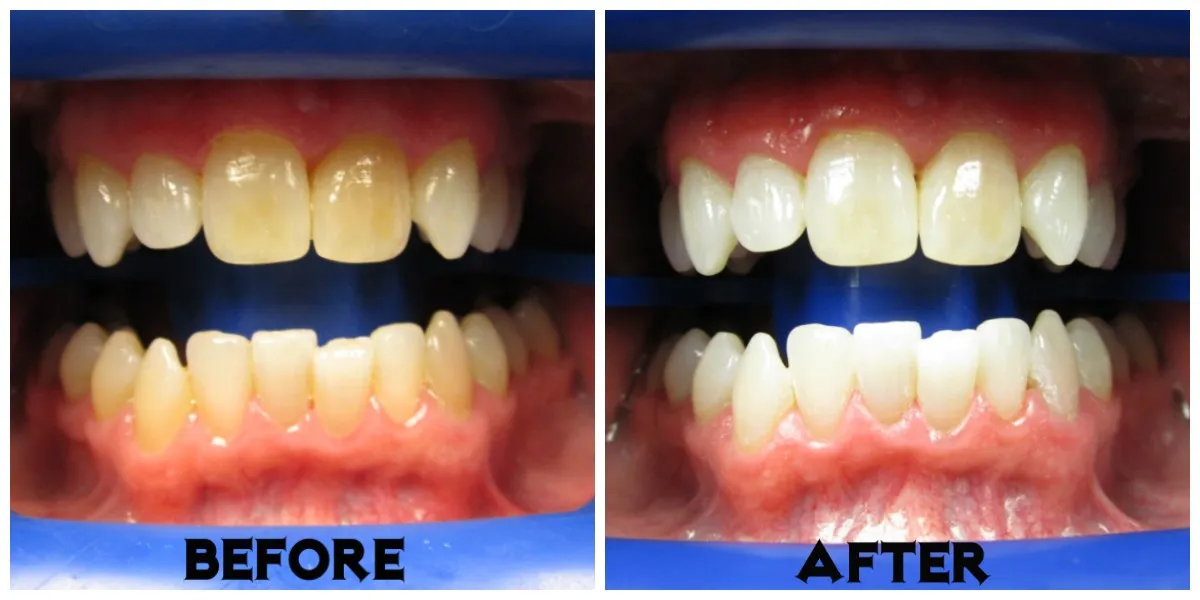
Following up with your dentist is essential after Zoom whitening to ensure everything is healing correctly and to address any lingering concerns. Your dentist may schedule a follow-up appointment a few days or weeks after your treatment to assess your progress, check for any signs of complications, and provide further recommendations for aftercare. They can also monitor the effectiveness of the whitening treatment and offer touch-up sessions if needed. These appointments provide an opportunity to ask questions, discuss any pain or discomfort, and receive personalized advice tailored to your specific needs. Do not hesitate to contact your dentist, even between scheduled appointments, if you have any concerns or if your pain worsens. Regular check-ups and follow-up appointments are crucial for maintaining optimal dental health and a successful teeth whitening experience.
